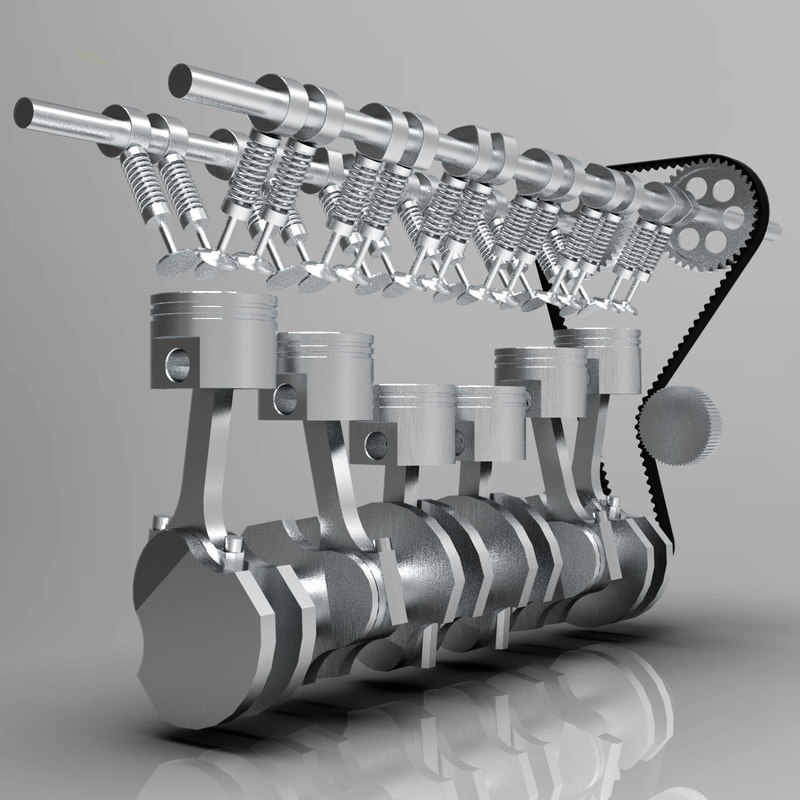
One of the intake runners is wide and short for maximum airflow, the other is a tuned intake runner.

By having four valves in a cylinder instead of two, a larger portion of the area can be used to let air in and exhaust out.Some engines have self-adjusting tappets, which are hydraulically operated by the engine oil pressure. Too small a clearance prevents the valves from closing properly, with a consequent loss of If the gap is too large, the valves open late and close early, reducing power and increasing engine noise.

Tappet clearances vary widely on different cars, and faulty adjustment can have serious effects. With either system, there must be some free play in the operating gear, so that the valve can still close completely when parts have expanded through heat.Īnd the rocker arm or cam, to allow for expansion. Have no pushrods the valves are operated more directly by single or double camshafts in the cylinder head itself the overhead-cam system.Īs there are fewer moving parts between the camshaft and the valve, the overhead-cam (OHC) method is more efficient and produces more power for a given engine capacity than an engine with pushrods, because it can operate at higher speeds. This is called an overhead-valve (OHV) system.

Rotates further, the valve spring acts to close the valve. Which bears against the stem of a valve, which is held in a raised (closed) position by a strong coiled spring theĪs the pushrod rises on the cam it pivots the rocker arm, which pushes the valve down (open) against the Sit in channels above each cam, and from the tappets metal pushrod extend up into the The operation is controlled by pear-shaped lobes, called cams, on a rotating shaft, the They are designed to open and close at precise moments, to allow the Is the inlet valve the one through which the spent gases escape is the exhaust valve.


 0 kommentar(er)
0 kommentar(er)
